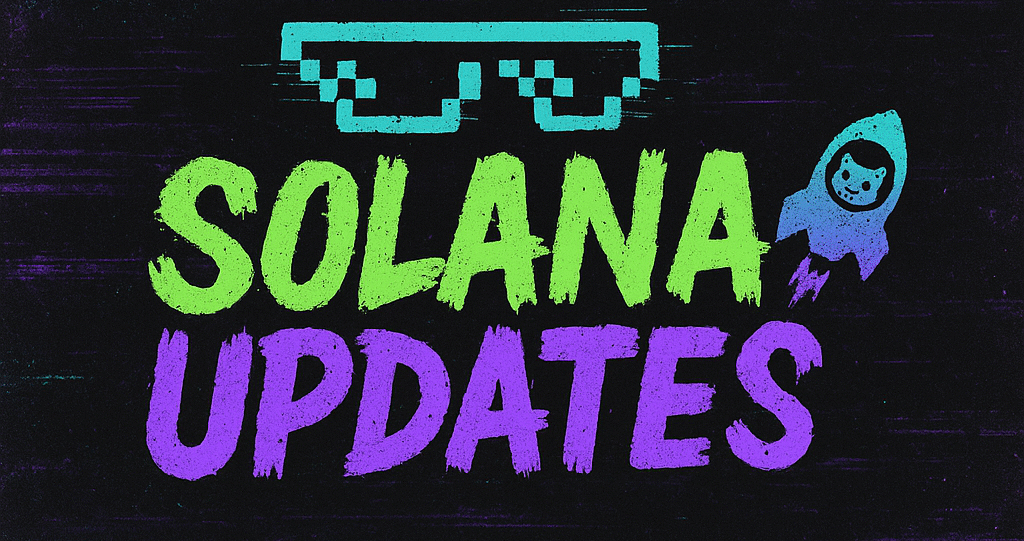Embracing Imperfect Regulation: A Necessity for Crypto’s Growth
In the ever-evolving world of cryptocurrencies, a critical dialogue is unfolding regarding the role and timing of regulatory frameworks. With the rapid pace of innovation, the crypto industry is at a crossroads: should it wait for perfect regulation, or should it embrace the imperfections of the current regulatory landscape to fuel growth and adoption?
The nature of cryptocurrency and blockchain technology has always been dynamic and innovative, often outpacing the regulatory efforts to manage them. This has led to a significant debate within the industry about the best path forward. Should the sector push for comprehensive and flawless regulations, or can it thrive under a regime of imperfect, albeit constructive, regulatory measures?
The Case for Imperfect Regulation
Waiting for perfect regulation, much like waiting for perfection in any realm, is an exercise in futility. The concept of ‘perfect’ is, after all, subjective and ever-changing, especially in an industry as fluid as cryptocurrency. Holding out for flawless regulatory frameworks may result in unnecessary delays that could stifle innovation and slow down the adoption of digital assets.
Imperfect regulation, on the other hand, offers a pragmatic solution. It allows the crypto industry to continue its forward momentum while simultaneously providing a structure within which it can operate. This approach encourages the tokenization of real assets, promotes innovation, and ultimately benefits the broader financial system by introducing new efficiencies and opportunities for investment.
Advantages of Embracing Imperfection
There are several advantages to embracing imperfect regulation. First, it provides clarity and guidance for businesses operating within the crypto space. Even if the regulations are not comprehensive, having a foundational framework can reduce uncertainty and foster confidence among investors and users.
Second, imperfect regulation can act as a catalyst for dialogue between regulators and industry leaders. This ongoing conversation is crucial for developing regulations that are both effective and adaptable to technological advancements. By working together, stakeholders can refine these regulations over time, making them more robust and suitable for the dynamic nature of the crypto world.
Finally, embracing imperfect regulation can help bridge the gap between traditional financial systems and the burgeoning world of digital currencies. As regulations evolve, they can facilitate the integration of crypto into mainstream finance, enhancing its legitimacy and accessibility.
A Collaborative Path Forward
The path forward for crypto is not about choosing between perfect and imperfect regulation, but rather about supporting regulations that enable growth while protecting consumer interests. This requires a collaborative effort from all stakeholders, including regulators, industry leaders, and the broader community.
As industries and governments worldwide grapple with the challenges and opportunities presented by cryptocurrencies, it is vital to recognize that waiting for perfect regulation is not a viable option. The focus should be on creating a regulatory environment that supports innovation, encourages responsible growth, and adapts to the evolving landscape of digital assets.
In conclusion, the future of crypto lies in embracing the imperfections of current regulatory measures and working collaboratively to improve them over time. This approach will not only foster innovation but also ensure that cryptocurrencies can continue to integrate into the global financial system, offering new possibilities for businesses and consumers alike.
🛒 Recommended Product: Check out top-rated crypto gear on Amazon


